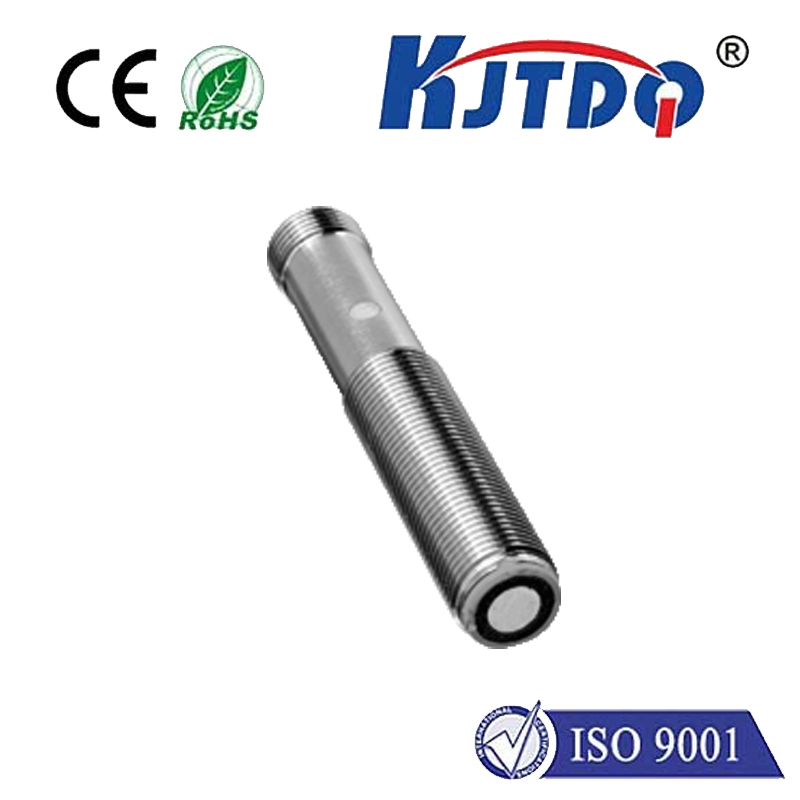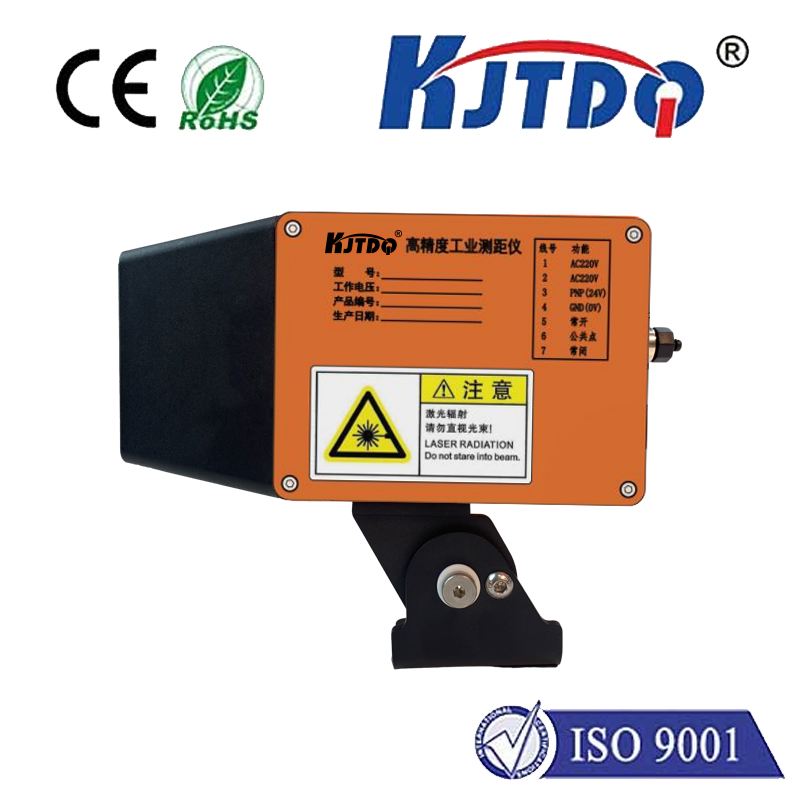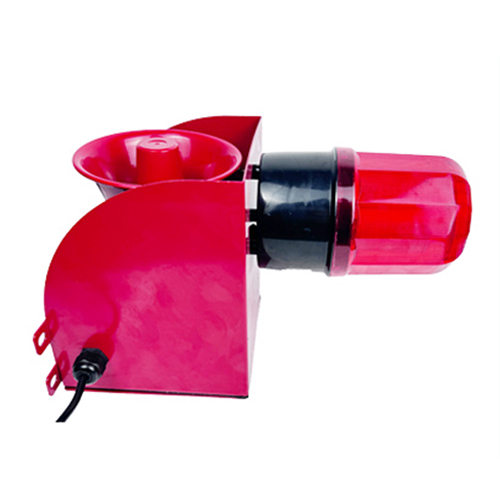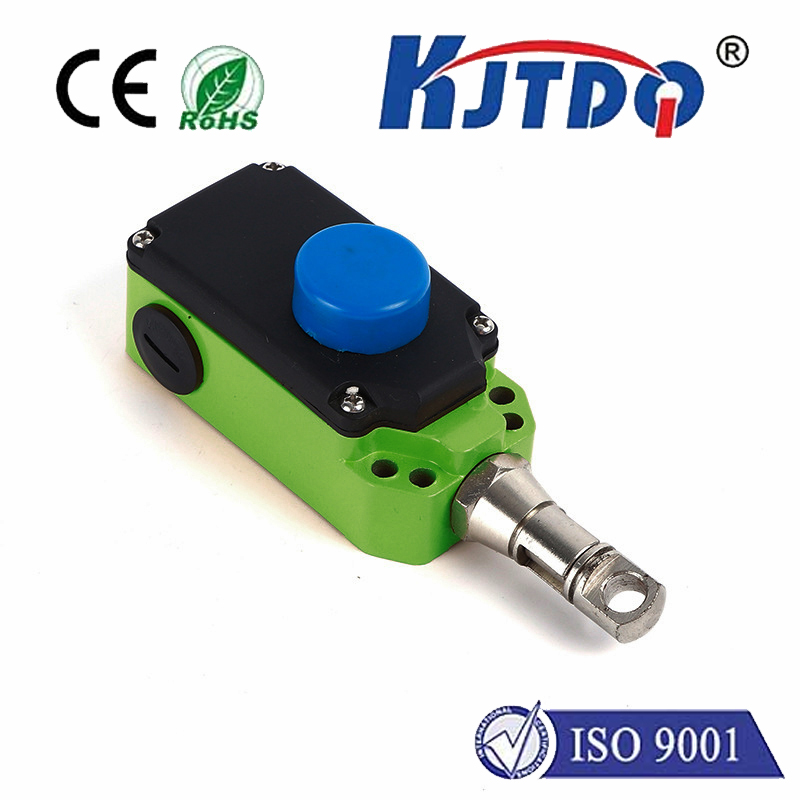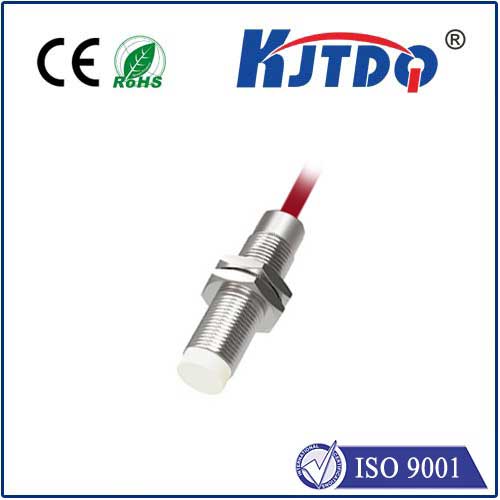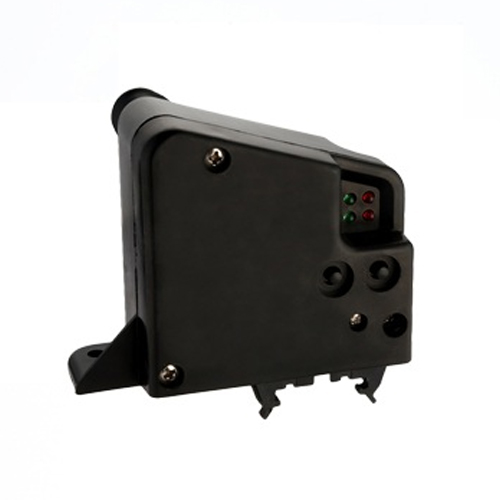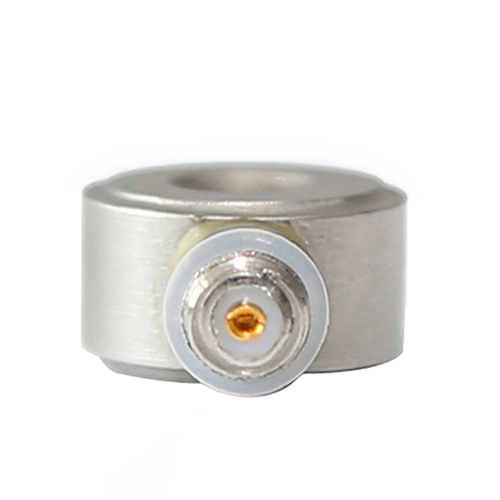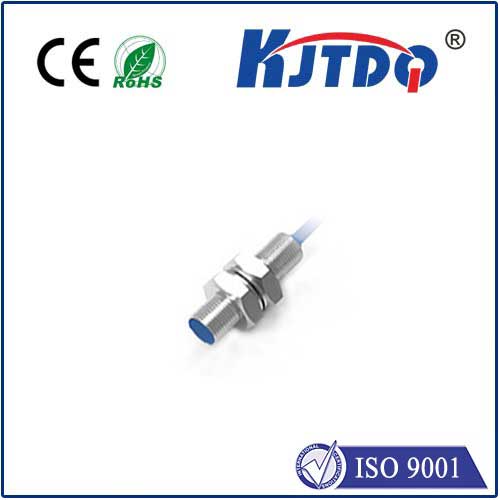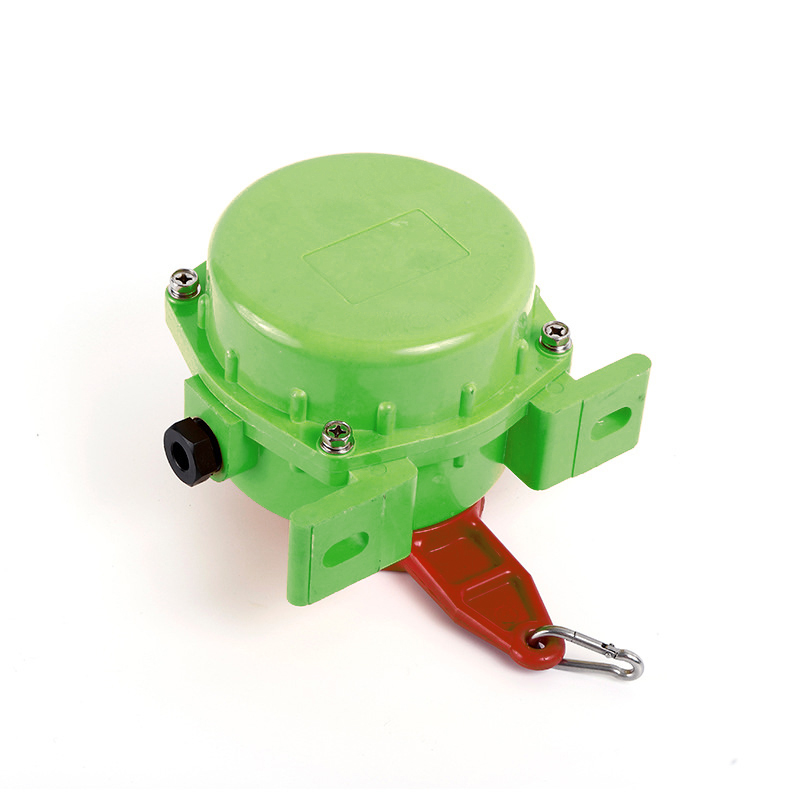Лазерный датчик определения местоположения
- time:2025-08-28 01:08:59
- Нажмите:0
The Ubiquitous Eye: How Laser Location Sensors Drive Modern Precision
In a world increasingly defined by automation, robotics, and the insatiable demand for accuracy, understanding the precise position of objects is paramount. Enter the Лазерный датчик определения местоположения, a technological cornerstone quietly revolutionizing countless industries. Far beyond simple detection, these sophisticated devices provide exact spatial coordinates, enabling machines to navigate, measure, align, and interact with their environment with unprecedented precision. This article delves into the workings, types, and transformative applications of these essential tools.
Beyond the Beam: Understanding the Core Principle
At its heart, a Лазерный датчик определения местоположения operates by emitting a highly focused beam of coherent light. It doesn’t just detect the presence or absence of an object like a simple photoelectric sensor; instead, it measures the distance to a target point. This critical measurement is achieved primarily through two robust methods:
- Time-of-Flight (ToF): This method is conceptually straightforward yet highly effective. The sensor emits a short laser pulse and precisely times how long it takes for the reflected light to return. Knowing the speed of light is constant, the sensor calculates the distance using the equation
Distance = (Speed of Light × Time of Flight) / 2. This approach is favored for longer ranges (often meters to kilometers) and offers robust performance even with varying surface reflectivities.
- Triangulation: This geometric principle involves projecting a laser spot onto the target. A lens (positioned at a known angle relative to the laser emitter) focuses the reflected spot onto a position-sensitive detector (like a CCD or CMOS array). The position of the spot on this detector directly correlates to the distance to the target. Triangulation sensors excel at very high resolutions and accuracies over shorter to medium ranges (millimeters to several meters).
Key Components Defining Performance

The effectiveness of any Лазерный датчик определения местоположения hinges on several critical parameters:
- Accuracy: This is the fundamental indicator of how close the measured distance is to the true distance. High-precision applications demand sub-millimeter or even micron-level accuracy.
- Resolution: This defines the smallest detectable change in distance the sensor can reliably report. Higher resolution is crucial for detecting minute surface variations or tracking subtle movements.
- Range: The minimum and maximum distances over which the sensor can operate effectively. Choosing a sensor with the appropriate range is essential for the specific task.
- Measurement Rate/Speed: How many distance measurements the sensor can take per second. High-speed applications, like robotic guidance or quality control on fast-moving lines, require rapid measurement rates.
- Spot Size: The diameter of the laser beam at the target point. A smaller spot enables precise measurement of very small features or edges.
- Environmental Robustness: Resistance to factors like ambient light interference (requiring specific wavelengths and filtering), dust, fog, vibration, and temperature fluctuations is vital for reliability in industrial settings.
Why Laser Location Sensors? Advantages Over Alternatives
Several factors make laser location sensors the preferred choice for demanding positioning tasks:
- Non-Contact Measurement: They operate without physically touching the object, eliminating wear and tear and enabling measurement of delicate, hot, moving, or inaccessible surfaces.
- High Speed and Precision: They offer exceptional speed and accuracy simultaneously, outperforming many mechanical or ultrasonic methods.
- Small Target Capability: The focused laser beam allows for precise measurement of very small objects or specific points on larger objects.
- Flexibility: Available in various configurations (fixed-mount, scanning Lidar systems) and with different interface options (analog, digital I/O, Ethernet, fieldbuses), they integrate seamlessly into diverse systems.
Transformative Applications: Where Precision Matters
The versatility of laser location sensors has cemented their role as indispensable tools across a vast landscape:
- Industrial Automation & Robotics: Crucially enabling robots to locate parts for pick-and-place, guide assembly arms with micron-level precision, perform quality checks by verifying component height or position, and navigate autonomously within warehouses or factories. They ensure consistent and accurate process execution.
- Autonomous Vehicles & Drones: Lidar (Light Detection and Ranging) systems, fundamentally advanced laser location sensors, are the primary perception technology for self-driving cars and drones. They generate real-time, high-resolution 3D maps (“point clouds”) of the surrounding environment, essential for obstacle detection, path planning, and safe navigation.
- Construction & Civil Engineering: Revolutionizing tasks like site surveying, grading, leveling, and alignment of large structures (bridges, tunnels, buildings). Laser trackers and scanners ensure projects meet exacting specifications, improving efficiency and reducing costly errors.
- Material Handling & Logistics: Used for pallet dimensioning, warehouse inventory management (locating items on shelves), conveyor belt tracking, and automated guided vehicle (AGV) guidance, streamlining logistics and optimizing storage space.
- Metrology & Quality Control: Providing precise measurements for dimensional inspection, surface flatness verification, part profiling, and alignment of tools and machinery in manufacturing settings. They are vital for maintaining stringent quality standards.
- Сельское хозяйство: Employed for terrain mapping, crop height monitoring, yield prediction, and enabling precision application of water and fertilizers through automated guidance systems.
- Augmented & Virtual Reality (AR/VR): Used in advanced tracking systems to pinpoint the location and orientation of headsets and controllers, creating seamless and immersive user experiences.
- Security & Surveillance: Applied in perimeter monitoring and intrusion detection systems, where detecting subtle movements or changes in position is critical.
The Essential Tool for a Precise Future
The Лазерный датчик определения местоположения is far more than a simple component; it is a fundamental enabler of the modern technological landscape. Its unique ability to deliver fast, highly accurate, non-contact distance and position data underpins advancements in automation, autonomy, manufacturing, and beyond. As the demand for precision and efficiency continues to grow across all sectors, the sophistication and capabilities of these sensors will only increase. Understanding their operation, key parameters, and diverse applications is crucial for anyone navigating the development or implementation of systems where spatial awareness is paramount. They are the silent, precise eyes bringing clarity and control to an increasingly complex world.


